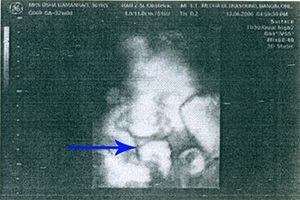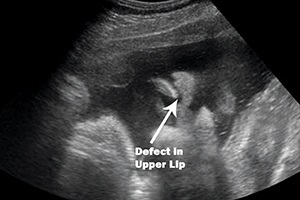Understanding Cleft Lip and Cleft Palate: Detection, Diagnosis, and Treatment
Cleft lip and cleft palate are congenital conditions that develop during fetal growth. They result from incomplete fusion of upper lip and palate tissues in the womb.
Detection and Diagnosis: In most cases, cleft lip and cleft palate are identifiable at birth, often without the need for special tests. Increasingly, these anomalies are visible through prenatal ultrasounds, which use sound waves to create images of the developing fetus.
Cleft lip can be detected via ultrasound as early as the 13th week of pregnancy, with increasing accuracy as the pregnancy progresses. Cleft palate, when isolated, is more challenging to detect via ultrasound. When not identified prenatally, a physical examination of the mouth, nose, and palate is the standard approach for post-birth diagnosis. In certain situations, amniocentesis may be recommended to screen for other genetic conditions.
Treatment: The primary objectives of treating cleft lip and cleft palate are to enhance the child’s capacity to eat, speak, hear, and achieve a natural facial appearance. Treatment encompasses surgical correction of the defect and therapeutic interventions to address related issues. Following the initial cleft repair, further surgeries may be suggested to enhance speech and refine the lip and nose appearance.
In summary, early detection and diagnosis play a crucial role in providing support to families in understanding the care requirements for their newborn with cleft lip or cleft palate. If not detected before birth, these conditions become apparent at birth, prompting an immediate referral to a skilled cleft care team.


